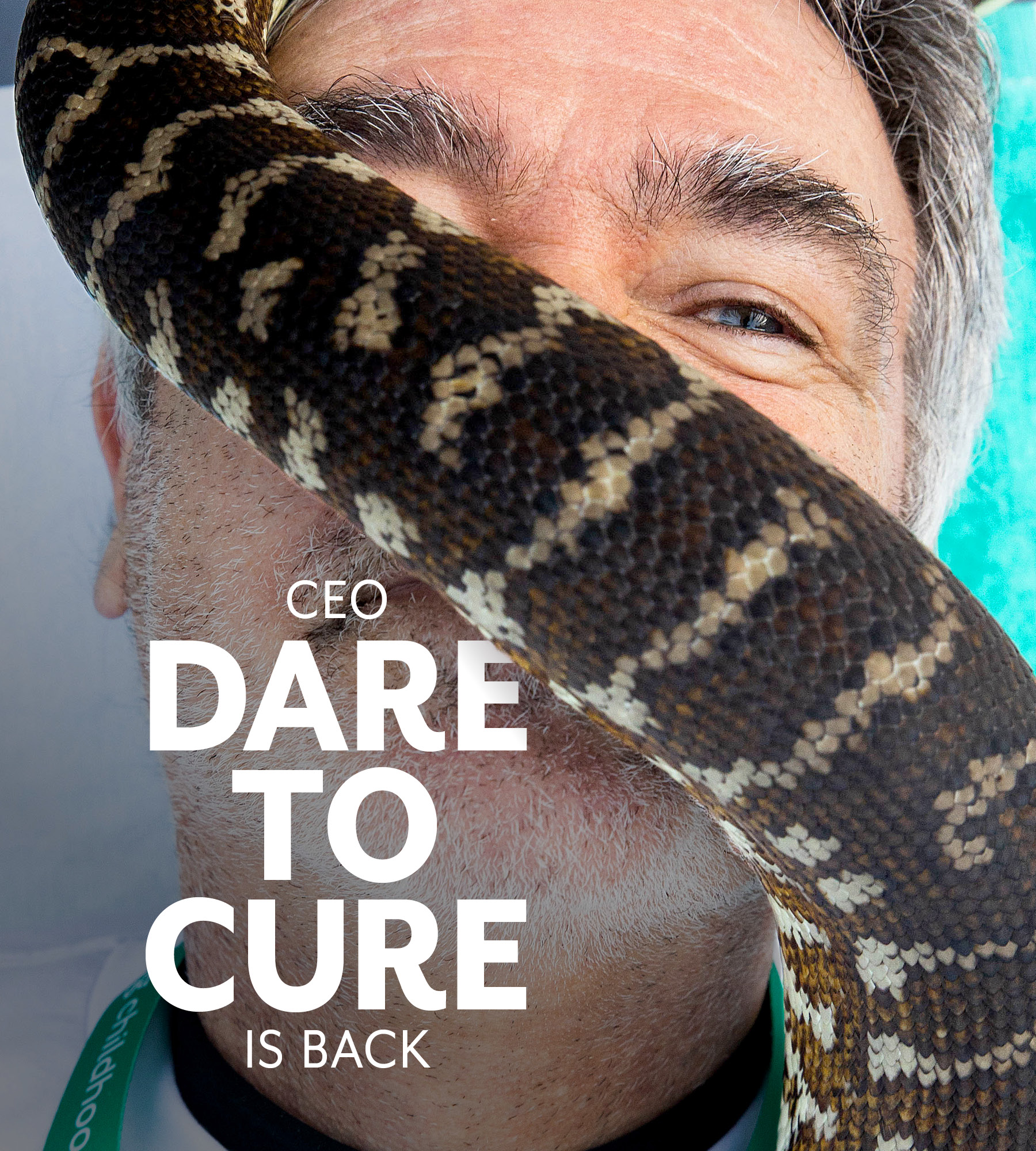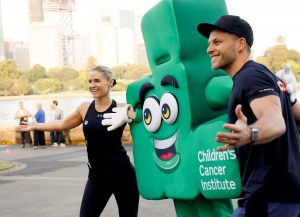Language
You can read the magazine in one of the following languages
Before dawn on two chilly mornings in October, dozens of brave business leaders in Sydney and Melbourne will gather in the eerie darkness to face their biggest fears.
Some will be plunged into freezing baths filled with ice, a few will have two-meter pythons slithering over their bodies while others will walk over embers burning at 500 degrees Celsius and a carpet of jagged shards of broken glass.
The plucky executives will be raising funds for Children’s Cancer Institute as part of CEO Dare to Cure, an annual event now in its seventh year in Sydney and third in Melbourne. So far it has raised over A$8 million for vital research into improving survival rates for the 1,000 children and adolescents diagnosed with cancer in Australia every year.
Among the Melbourne contingent will be Jason Quirk, Director of Product & Engineering at The Access Group, a leading business management software provider. He’s part of a courageous team of six from the company taking on an ordeal every bit as terrifying as snakes, ice or fire: The Ultimate Team Fitness Challenge. It’s a boot camp-style circuit race involving push-ups, burpees, a rowing machine, exercise bike and sit-ups.
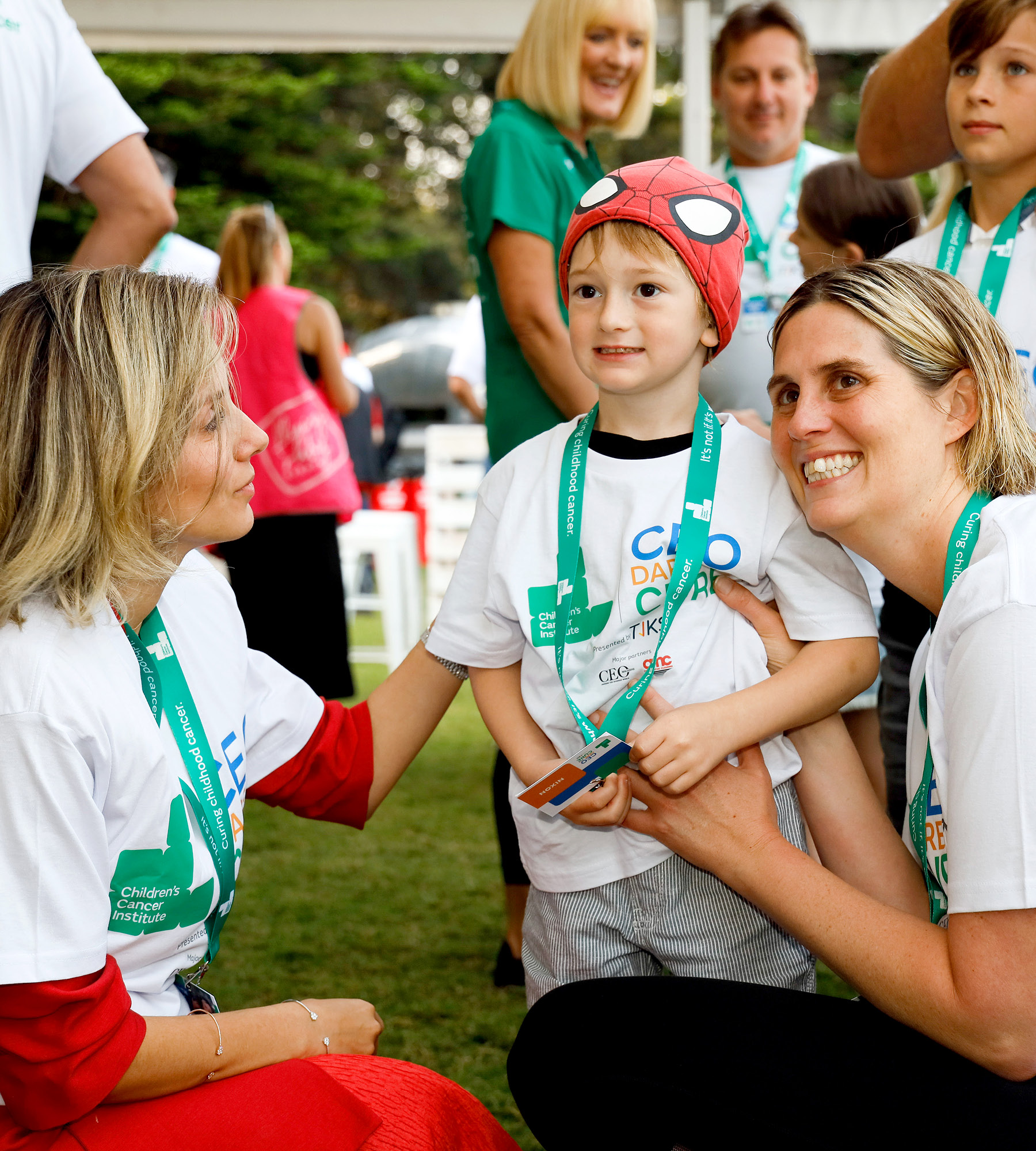
By developing safer and more effective techniques, Children’s Cancer Institute aims to minimize side effects and give children who have had cancer the highest possible quality of life.
“It’s going to be a challenge for us,” Quirk says. “Not least because it starts at 6am. I’ll have to make sure our team gets to bed nice and early the night before.”
So far, six teams in the city have signed up to compete against each other for a place in the final, with corporate honor on the line. There’s still time to register for this year’s CEO Dare to Cure events, which are being held at The Timber Yard, Melbourne on 18 October and Sydney’s Royal Randwick Racecourse on 25 October.
Other dares on offer include a seven-meter stunt jump and the Brave Shave, where participants can choose to lose their eyebrows, beard or hair. Or there’s the potentially terrifying Mystery Box Challenge, which involves thrusting a hand into a container without knowing what creepy crawlies or snakes might be lurking inside.
Any really valiant individuals can take the fear factor to the next level by jumping out of an airplane at 4,500 meters or going face-to-face with three-meter grey nurse sharks at Sydney Aquarium’s Shark Dive Xtreme (in Sydney only).
Children’s Cancer Institute was founded nearly 50 years ago by two dads whose children had cancer. They set themselves a fundraising target of A$1 million but managed to bring in donations of A$1.3 million in less than a year and never looked back.
Today, it employs more than 350 scientists, researchers, students and operational staff and is the only independent medical research organization in Australia focused entirely on curing childhood cancers.
97.4 – Percentage increase in the survival rate in Australia for acute myeloid leukemia in the last 30 years
One in 1,000 – Australians under 50 diagnosed with cancer before their 15th birthday
70 – Average number of years of life lost when a child dies from cancer
It has earned an international reputation for several world-first breakthroughs, which have contributed directly to improving the five-year survival rate from 71 to 84 percent since 1986.
But even children who recover often suffer life-long health issues because treatments such as chemotherapy and radiotherapy were developed for adults and target all rapidly growing cells, not just those that are cancerous. So side effects can be brutal for young bodies and cause long-term damage.
By developing safer and more effective techniques, Children’s Cancer Institute aims to minimize side effects and give children who have had cancer the highest possible quality of life.
For Quirk, who raised A$22,000 last year for CEO Dare to Cure by walking through the embers and broken glass, there’s a very personal reason behind his involvement.
“I’ve lost two brothers to Non-Hodgkin’s Lymphoma so it was a very easy decision to take part,” he says. “My dad also had it, but thankfully has been in remission for more than 20 years.”
Quirk was 10 when his eight-year-old brother, Matthew, died in 1985.
“He fell off his bike and broke his collarbone,” he explains. “When he didn’t seem to be recovering from his injuries in the way the doctors expected, they ran some tests. His spleen had grown to the size of a football so it was removed and they discovered the cancer.
“In those days, only around 10 percent of kids survived that sort of lymphoma. When Matthew passed away, it was bloody hard for all our family. I was too young to properly understand why my brother was suddenly gone.”
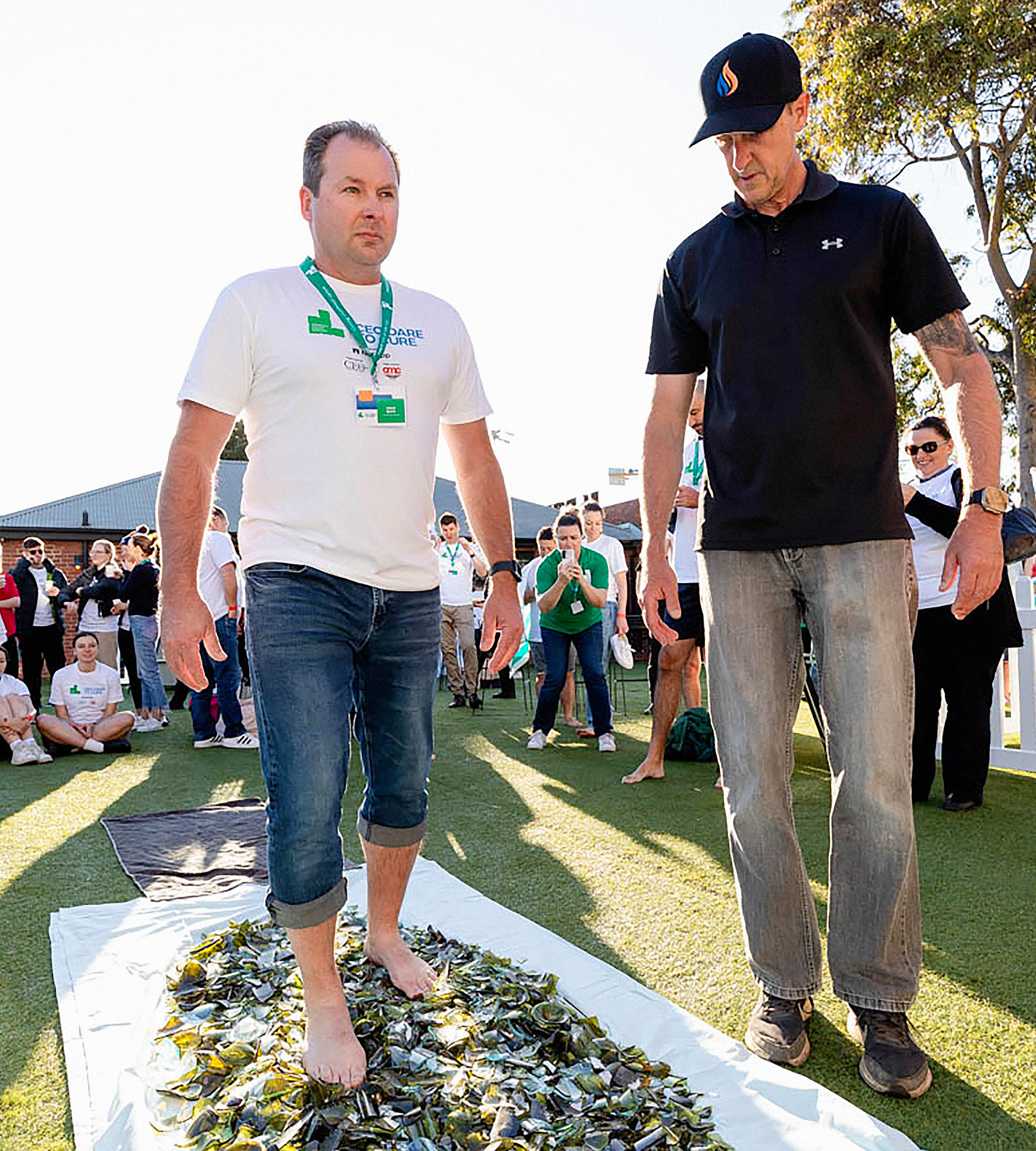
Jason Quirk walks over broken glass to raise money for research into children's cancer
“When Matthew passed away, it was bloody hard for all our family. I was too young to properly understand why my brother was suddenly gone.”
Quirk’s father was diagnosed 12 years later and endured a series of grueling treatments, including a stem cell transplant, over several months in hospital.
“I know he only survived because of the advances in medical knowledge that had taken place. He’s 76 now and he’s one of the reasons I’m very proud to do what I can to support the wonderful work of Children’s Cancer Institute.”
Sadly, Quirk’s other brother, Justin, died aged 35 in 2007, a decade after his dad’s initial diagnosis.
The Institute’s scientists approach their research by first gaining a comprehensive understanding of what causes different types of cancer to occur. This involves hundreds of hours of testing and experimentation in its laboratories to study the key characteristics, how the cells reproduce and how quickly they spread. Only then can ways to slow its progress and find a cure be investigated.
An example of the game-changing work is how the researchers are exploring new therapies for brain tumors, one of the most aggressive cancers. They are the second most common childhood cancer in Australia after leukemia, but have a much lower survival rate so kill more children than any other.
The average survival time from diagnosis is between nine and 12 months.
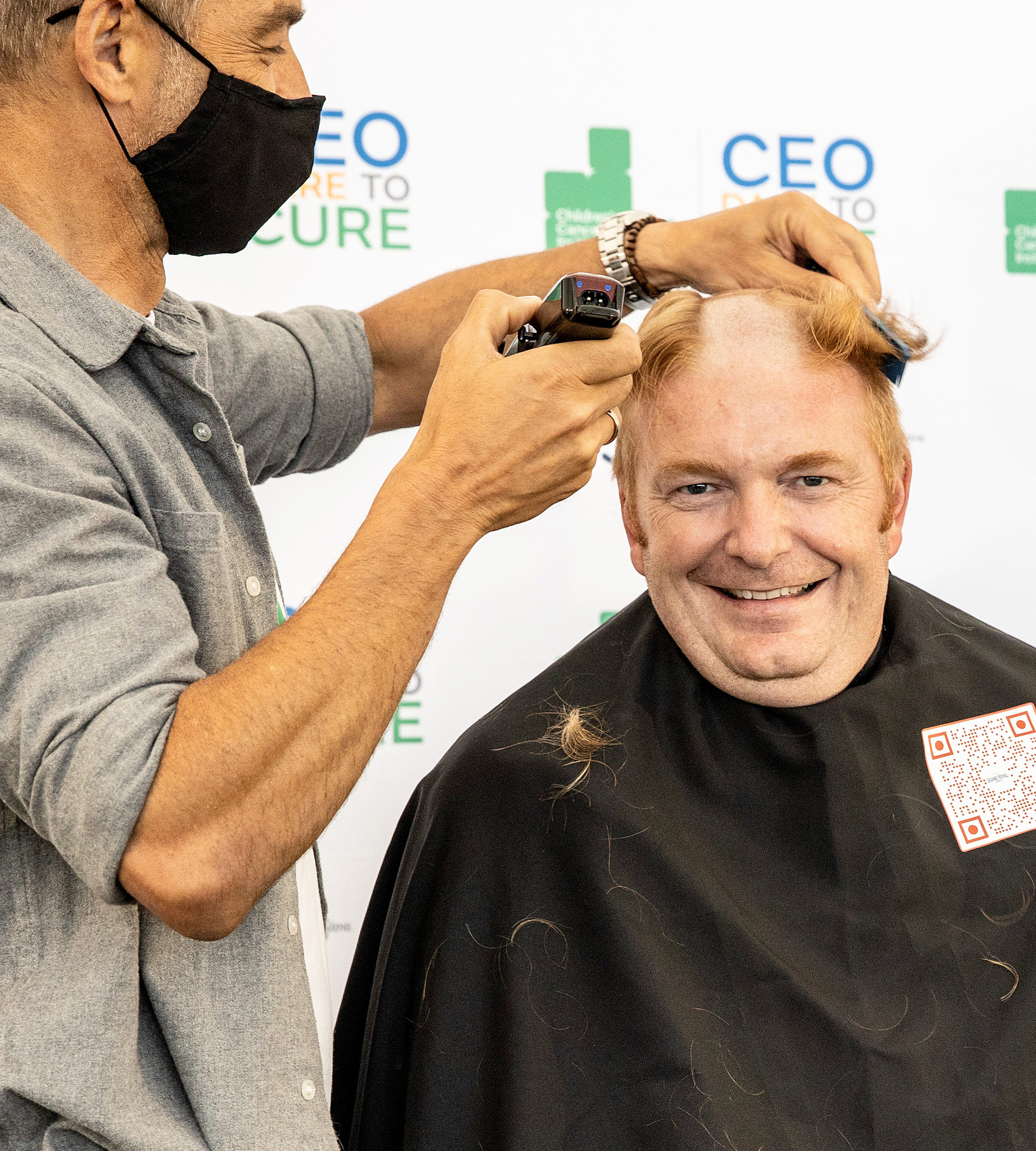
An example of the game-changing work is how the researchers are exploring new therapies for brain tumors, one of the most aggressive cancers.
Children’s Cancer Institute was the first organization in the country to establish a research team dedicated to brain cancer, and the first to create a tumor bank for cells to be cultivated in a lab. The new treatments being developed and shared with the institute’s national and international partners are showing promise so it’s hoped they may eventually improve outcomes for those children affected.
With only a few weeks to go before he and his team sweat it out in the pre-dawn fitness fest, Quirk is facing a potentially even bigger challenge – corralling his workmates into some basic training.
“We haven’t exactly begun any intensive preparation regimes just yet,” he admits. “But we’ll probably need to organize some aerobic exercise sessions before the big day because a few of us aren’t particularly active. And, as we know each other pretty well, there’s bound to be a little friendly competition between us so that should spur us on.”
Join other business leaders in the fight against childhood cancer. Register for CEO Dare to Cure 2024 today.
